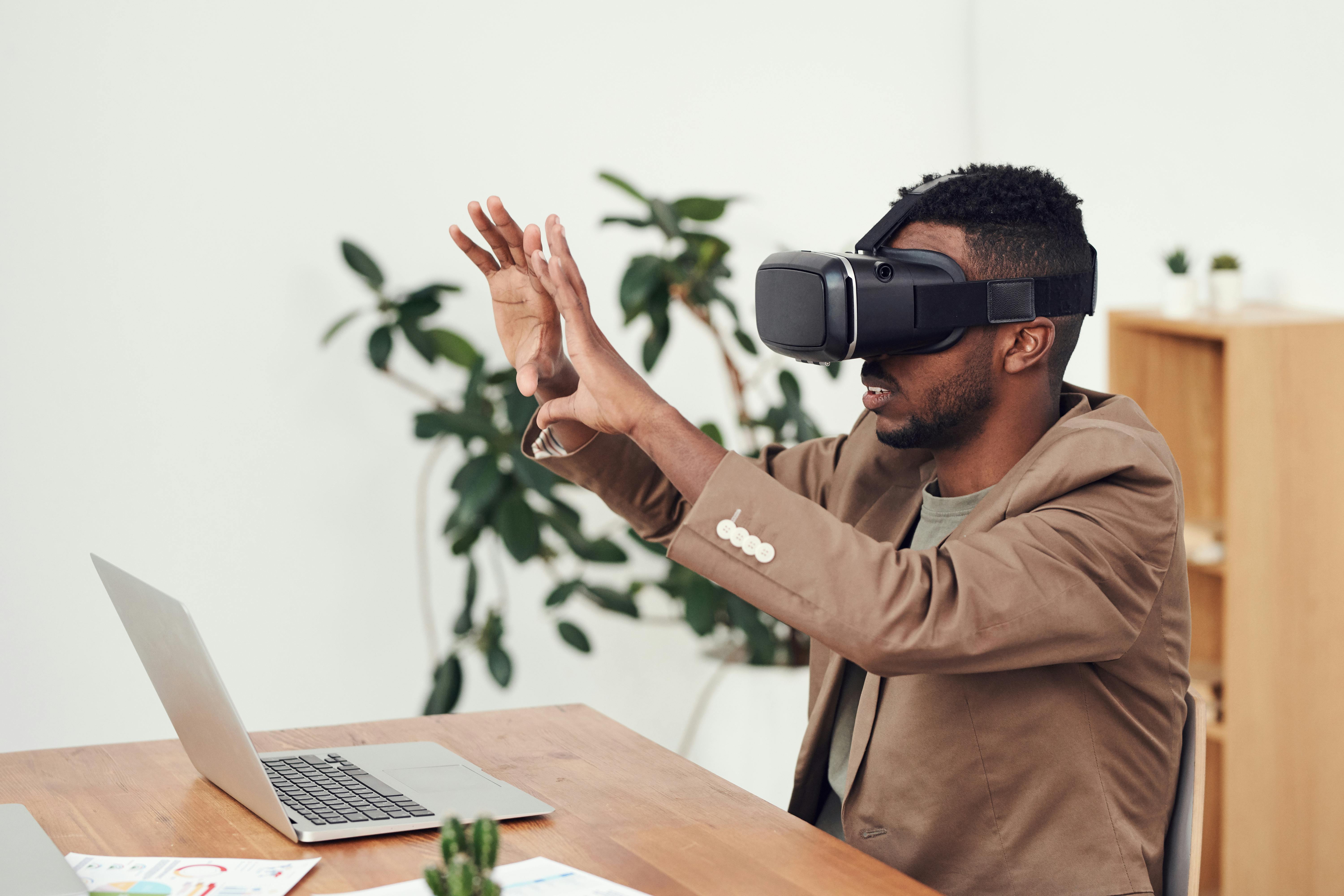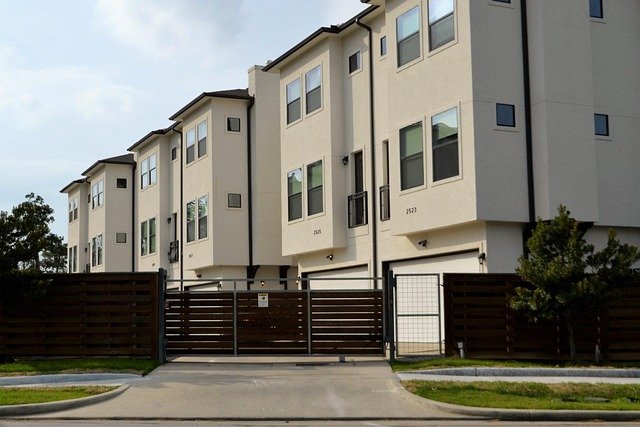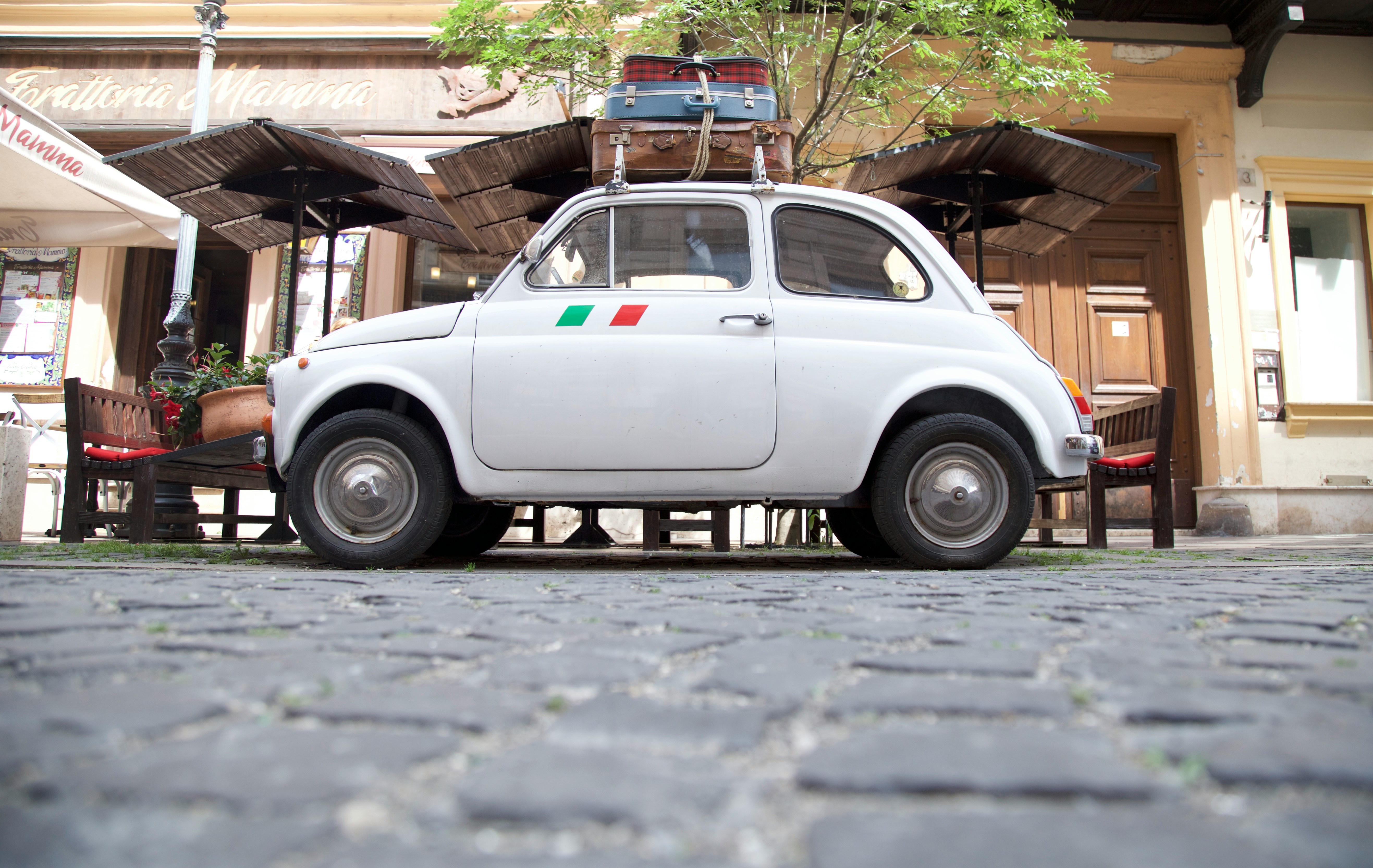Pioneering New Realities: Virtual Reality's Transformation of the Artistic Landscape
Introduction: The art world is no stranger to reinvention, but the impact of Virtual Reality (VR) technology is proving to be a game-changer. This article delves into how VR is revolutionizing artistic expression and transforming the way we consume and interact with art.

An Uncharted Territory: VR and Art
Virtual Reality, once considered the stuff of science fiction, has found its place in the realm of artistic expression. The technology, which uses computer simulation to create an interactive, immersive environment, allows artists to break free from the confines of traditional mediums and explore new possibilities. This shift began in the late 20th century when artists started experimenting with VR as a new form of artistic medium, a trend that has gained momentum in the 21st century.
Today’s Virtual Canvas: Current Trends in VR Art
From galleries showcasing VR artworks to artists creating immersive experiences, VR is proving itself as an influential force in the art world. One notable trend is the rise of virtual art exhibitions, where the audience can explore artworks in a three-dimensional, immersive environment. Another trend is the use of VR as a tool in the creative process, as artists utilize VR technology to sculpt, paint, and design in a virtual space.
Impact and Significance: VR’s Role in Artistic Expression
The integration of VR into the art world has profound implications for both artists and audiences. For artists, VR offers an unprecedented level of freedom and control, allowing them to shape their artistic vision in ways that were previously unimaginable. For audiences, VR offers a deeper level of engagement, transforming passive viewing into an active, immersive experience. VR art challenges traditional notions of artistic expression, pushing the boundaries of what is possible.
Reception and Criticism: Navigating New Realities
While VR art is met with enthusiasm from tech enthusiasts and progressive art critics, it is not without its detractors. Critics argue that VR art, with its reliance on technology, removes the human touch from the creative process. However, proponents counter that VR represents a new frontier in artistic innovation, providing artists with a powerful tool to further their creative expression.
Looking Ahead: The Future of VR Art
As VR technology continues to evolve, so too will its application in the art world. Future advancements may include multi-sensory VR experiences, blending visual art with sound, touch, and even smell. As artists continue to push the boundaries of this nascent medium, VR art promises to remain an exciting and dynamic field, continually redefining our understanding of artistic expression.
In conclusion, Virtual Reality has ushered in a new era in the art world, opening up uncharted territories of creative exploration and audience engagement. As we look to the future, the fusion of art and technology promises to continue challenging and redefining our understanding of artistic expression.





